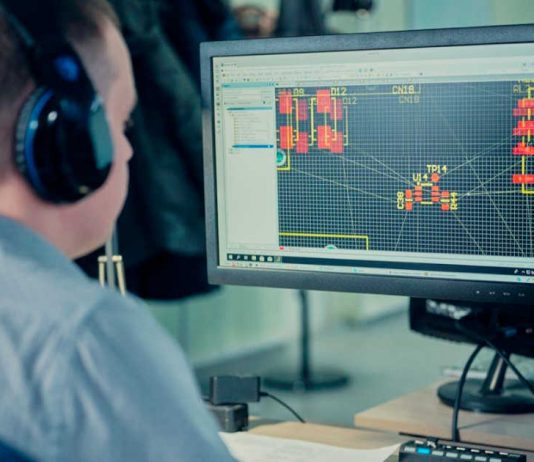High-level quality, functionality, and safety are the most significant things we strive to achieve when developing an electronic product. To ensure that our electronics design meet all the requirements, it is necessary to get through the QA and testing stages.
What does it provide us with? First of all, it’s obvious that you can spend your money on the development only once, and it’s totally unacceptable to go through several iterations in developing your product. Careful QA and testing process will help you ensure that your electronics design is developed according to your technical, price, and other expectations.
Let’s talk about the main steps you should take to test your electronics design properly.
- Testing of signal quality. This type of testing is performed with the help of oscilloscope. This is a low-level and direct test that allows for checking the output from an electronic device. Also, this test can detect a serious hardware problem in electronics design. It gives an opportunity to solve significant issues in time.
- Timing tests. This procedure allows for checking inconsistencies between timing of all core components and electronics design requirements. Timing testing is performed with the help of a logic analyzer and an oscilloscope.
- Testing of functionality. At this step, you can verify that your electronics design components perform all the functions properly. For that, you should test and check every functional item: communication modules and protocols, sensors, and so on.
- Testing of performance. This procedure is needed to test and analyze the capabilities and quality of your electronics product. To ensure that your product meets the requirements, it is tested under various levels of workload. Due to this test, you can define the maximum and minimum values of operating temperature, maximum or minimum transmission bandwidth of communication interfaces, and other parameters.
- Testing of fault tolerance. There is a chance that some fault factors can occur when customers will use your product. At this stage, your electronics design will get through a rigorous series of tests performed under extreme working conditions. It allows for analyzing your product capability of handling and self-recovery. By the way, these extreme conditions won’t damage the hardware of your electronics product, as they are included in the original electronics design.
- Testing of long-time verification. This test is intended to detect potential issues that can occur during the use of your electronics product for a long time period. This procedure is of a great importance if your product should operate continually for long time.
These are the main 6 steps for testing your electronics design. The tests can help you detect the possible and actual issues that can stymie the successful launch of your product. Besides, performing the testing procedures can also lead to reducing time-to-market and winning your customers’ trust. If you want to know more about electronics product development, check out the link for the Integra Sources’ blog.
